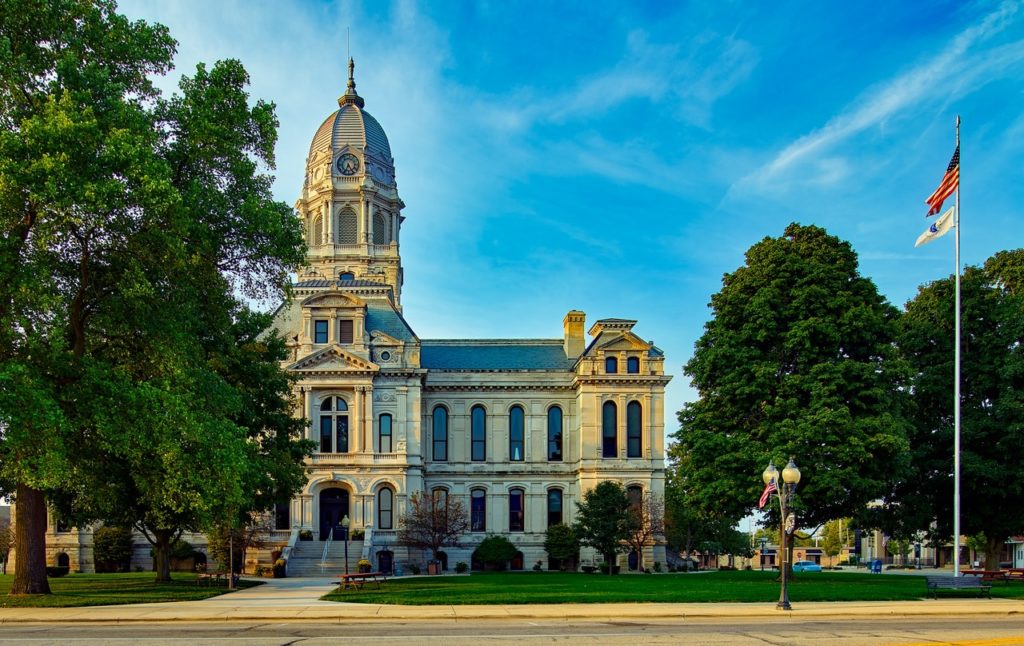East of the Gongbei Port of Zhuhai, a coastal city in south China, the Hong Kong-Zhuhai-Macao Bridge stands tall like a magnificent Chinese dragon over the Lingdingyang waters. Bringing the commuting time among the three cities down to half an hour, the bridge helps increase the flow of people, vehicles, capital and information.
Oct. 24th marks the official operation of the bridge, a mega project in the century. Chinese President Xi Jinping presented at its opening ceremony held in Zhuhai the day before, and declared the site open. Zhuhai, a dynamic special economic zone, which also serves as a hub for the Guangdong-Hong Kong-Macao Greater Bay Area since it is the sole mainland roadway connection to these two special administrative regions, has once again attracted great attention from all sectors.
According to Yu Lie, deputy director-general of the bridge’s Authority, the bridge has unprecedented cut the traveling time among these three cities. It used to take about one hour by water and more than three hours by land traveling from Zhuhai to Hong Kong. Now, it costs only some 30 minutes. The presence of Zhuhai as a strategic gateway has thus been more obvious.
As a landmark project to enhance infrastructure interconnectivity within the Greater Bay Area, the 55-km-long bridge is the first mega sea-crossing construction jointly built by Guangdong, Hong Kong and Macao, linking Hong Kong to the east, and Zhuhai and Macao to the west. “The efforts to build the bridge have fully demonstrated how the cities reinforce each other’s advantages and promote mutual benefits and win-win cooperation. The bridge is bound to be a vital hub to connect the Greater Bay Area’s east bank to its west,” said Zhu Yongling, head of the bridge’s Authority.
With a prime geographical location, Zhuhai has gone from strength to strength. It has been on a mission to increase the connectivity of infrastructure within the Greater Bay Area and improve the market integration. Beyond that, it strives to explore areas of potential cooperation in technological innovation and plans for an industrial system featuring coordinated development. Now it is embracing opportunities to renew its geographical value and shape a new economic engine for the Greater Bay Area.
The latest industrial planning of the People’s Government of Zhuhai Municipality includes widening its focus to incorporate intelligent industries such as big data, cloud computing and artificial intelligence, as well as industries ranging from smart grid equipment, new energy, bio-medicine and medical equipment to cross-border finance, business exhibition and leisure travel. That’s how the city forms new industry pillars.
And in 2017 the container throughput of Port of Zhuhai grew by 37.3% to 2.27 million TEU, ranking 73rd in the world and registering the second-highest growth rate, according to data released by the world-renowned shipping consultancy Alphaliner.
As the Greater Bay Area’s blueprint is being materialized, a new Zhuhai is in the making with emphasis on collaborative innovation and open exchange.
The China-Latin America and the Caribbean (CLAC) Economic and Trade Cooperation Park has started operation, while the CLAC Expo saw the signing of more than 70 projects, with a total contract value of USD 468.25 million. Zhuhai’s Innovation Centers were set up in Hong Kong and Israel. Moreover, progress is being made in advancing the China-Israel accelerator program and China-Germany Artificial Intelligence Institute. Zhuhai, as a major city to promote the Belt and Road Initiative, is committed to putting in place platforms for business cooperation and building up a new image of the hub for the Maritime Silk Road.
Official statistics show that Zhuhai was the leading city in Guangdong in terms of GDP growth, up by 8.7% to RMB 129.941 billion (USD 18.72 billion) in the first half of 2018.
The reason behind the sustained and high economic growth is that Zhuhai boasts an improved ecological system and innovative government services, which contribute to an enabling business environment. The “second bid to prosper” for Zhuhai focuses more on collaborative innovation with the rest of the world in ways to enhance the capacity to pool high-end factors of capital, technology and talents, as well as high value-added industries.
“The operation of the bridge brings more possibilities for Zhuhai to chart a better future,” said Xiong Xiaoge, founding partner of IDG Capital, a world-renowned investment firm. Zhuhai plans to deepen the technological and industrial cooperation with Hong Kong and Macao. The bridge as it starts operation provides an opportunity for Zhuhai to facilitate the creation of an economic zone with the bridge at the core. And it will help accelerate the progress of the Guangdong-Macao Cooperation Industrial Park and the Zhuhai-Hong Kong-Macao industrial incubating Park for scientific and technological outcomes.
“I’d like to work within the Greater Bay Area since it’s really convenient to travel among these three cities,” said Lu Zhenhao, a Macanese graduate student at a university in the Chinese mainland. He noted that more policies and measures are being rolled out including cancelling the employment permit, which has encouraged and enabled the young from Macao to embrace a better development.
Today, strolling in Zhuhai Hi-tech Industrial Development Zone, one would be surprised to find out a cluster of more than 7000 high-tech firms. While building a National Independent Innovative Demonstration Zone, this area has become the engine of the city’s innovation-driven development by channeling resources into promoting high-tech industries.
“What Zhuhai has achieved is eye-opening, and more opportunities will be presented to the city with the operation of the bridge,” said Lin Jiang, professor of economics at the Lingnan College of Sun Yat-sen University, “by making full use of comparative advantage, Zhuhai can coordinate the development of cities on the east bank of the Pearl River and match their financial services, manufacturing and cultural sectors. These efforts will facilitate the rise of an economic center.”
Source: The People’s Government of Zhuhai Municipality

